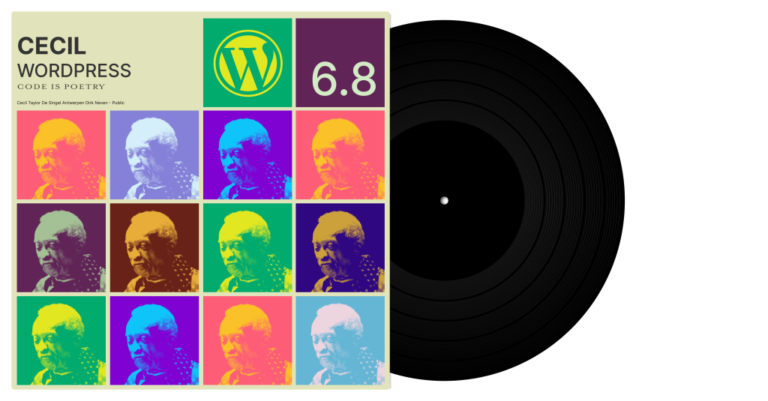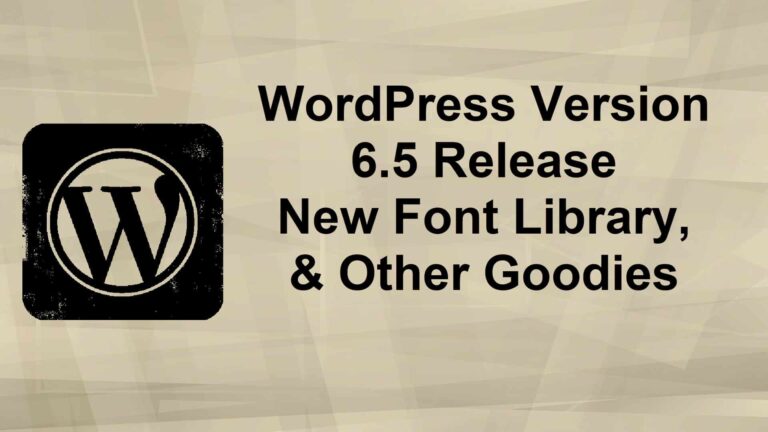SEO friendly posts, what do they even look like nowadays?
You’ll probably get 100 different answers if you ask that question of 100 people. The problem is that many marketing ‘experts’ are still stuck in the past regarding the best ways to get a post to the top of Google, which can result in a lot of poor content and a lot of lost time.
When creating SEO Friendly posts some of the best ways are pretty simple, so let’s read about it here and dive into what you need to know.
Adding Value to Your Article
It would be better to know a bit of the mindset of Google so you could write one of the best SEO-friendly articles. What is Google trying to attain?
The answer is simple: it wants to help its users by linking them to the highest quality and most relevant content that it can find.
As a result, any signals you can send to Google indicating that your material is of high quality and relevance will help your SEO. The question is, just how are you going to do that.
Including outbound links to other valuable resources relevant to your site’s content is a great example. Including those links would show Google that you’re interested in providing as much information as possible to your readers. It aligns you with high-quality sites and provides references to back up your claims (suggesting accuracy).
Here are ten tips from Yoast on writing an SEO friendly blog post
However, this does not mean that “every article needs at least two outward bound links.”‘. This is completely missing the point as it would generate a predictable pattern on your site that will look like manipulation. Link out when it is relevant and valuable, and don’t be skeptical about it.
It’s also for this same reason that Google likes to see lengthy content – of around 800 words+. While reports vary, people generally think that the ideal content length for SEO is about 1,800 words, which will boost your chances of being featured as News.
Get your Point Across
It’s tough to see, but some SEO companies would still think that an SEO article can only be good if they use the exact keywords repeatedly. That alone can affect many readers’ experiences. The use of keywords is usually one of the quickest ways to have your content marked as spam by visitors on your site, if not by Google.
Instead, keywords should rarely be used. A density of around 1-2% is suggested but only when appropriate and naturally fits with the content. This is another reason to write longer-form content, though, as longer posts will have more space for repetitive keyword use.
Synonyms and related terms are just as significant, if not more so than the terms themselves.
Try to write around the subject and use some associated words that fit your content naturally. This can play a more prominent and more significant role in the future.
Make a Plan for Your Articles
To make sure you have an SEO-friendly article or post, you have to develop a clear structure. This means that every post should have:
An introduction (here you provide an overview of your topic);
A body (this would be the main content and where you get to know everything about the topic);
A conclusion (a simple summary of the article and create a final statement)
This will help you create a structured and readable blog post and make things much easier for your readers.
Readability
Finally, properly space out your content and use the headings that you see fit. Use large fonts with a narrative, user-friendly structure. This will help people stay on your pages for much longer, and that’s one of the other things that Google looks for when ranking content.





